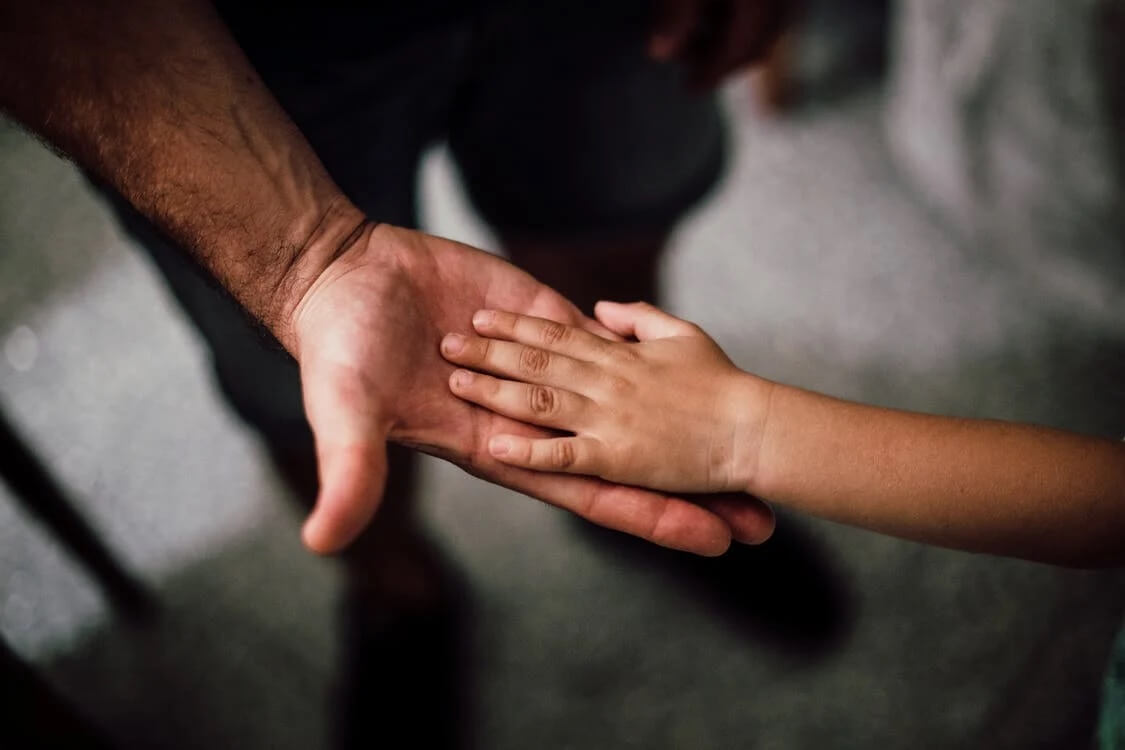Approximately one in three children in the United States lives in a low-income home. For childhood cancer patients, living in a low-income home can have a significant impact: Poverty and associated factors are linked to poorer outcomes, even at large academic medical centers like Dana-Farber, according to research by Kira Bona, MD, MPH, a pediatric oncologist and researcher at Dana-Farber/Boston Children’s Cancer and Blood Disorders Center.
It’s a sobering truth: even with access to the latest cancer treatments and clinical trials, children from historically marginalized backgrounds don’t receive the same results. This only goes to show the importance of dedicating as many resources to poverty-targeted interventions as other scientific factors that impact cancer, such as genetic risk, according to Bona.
“If our goal is to cure every child of cancer,” says Bona, “then ensuring access to clinical trials and novel therapies is simply not enough.”
Exposure to poverty as a risk factor
The Bona Lab at Dana-Farber/Boston Children’s studies outcome disparities in childhood cancer with a focus on improving childhood cancer outcomes by systematically considering social determinants of health — the conditions in the environments where people are born, live, learn, work, play, worship, and age — as risk factors in clinical trials and potential targets for intervention. Bona and her colleagues collect data specifically on House Material Hardship (HMH), or the level of basic unmet food, housing, and utility insecurities and needs in a household.

“If our goal is to cure every child of cancer, then ensuring access to clinical trials and novel therapies is simply not enough.”
– Kira Bona, MD, MPH, pediatric oncologist and researcher at Dana-Farber/Boston Children’s Cancer and Blood Disorders Center
Poverty has not always been considered among the factors that can lead to poor outcomes in childhood cancer patients. As a result, pediatric trials have not previously collected data on patient income or other adverse social determinants of health. To date, the Bona Lab has collected the largest dataset of social determinants in pediatric cancer.
Studying socioeconomic factors and their impact on health outcomes is a complicated task, to say the least. There are many social measures that can affect health outcomes, from environment to gender identity to income. These variables often interact with one another and are not necessarily mutually exclusive.
Bona’s studies focus on low-income families with unmet resource needs, regardless of race. Still, there’s no denying the impact the link between systemic racism and poverty: Black and Hispanic children are about three times more likely to be living in poverty than white children.
“Given centuries of structural racism in the United States, Black and Hispanic children are more likely to live in poverty than white children, and thus disproportionately bear the consequences,” Bona explains.
The effects of cancer on pediatric cancer patients
Data collected in the Bona Lab show that one in five children with cancer faces housing, food, or utility insecurity, at the time of their diagnosis. These children face significantly inferior outcomes across the continuum of care in pediatric oncology — from diagnosis, through treatment, and into survivorship.
“These are not small numbers that we’re talking about,” Bona notes.

Bona’s research has illuminated an association between poverty and a higher risk of early relapse in children with cancer, even when they are on clinical trials at large academic medical centers across the United States.
In 2020, after studying 300 cases of children with high-risk neuroblastoma enrolled on a trial of immunotherapy, Bona found that children from low-income households as proxied by Medicaid insurance were three times more likely to die, and two times more likely to relapse than their counterparts.
Another study found that children with acute lymphoblastic leukemia (ALL) who were exposed to poverty at the neighborhood level relapsed earlier than children without that exposure.
Poverty is also associated with higher levels of distress in children and parents. A study conducted by Puja Umaretiya, MD, in the Bona Lab found that parents exposed to HMH were two times more likely to experience severe psychological distress at the diagnosis and five times more likely after six months of chemotherapy.
“We know that parental psychological distress is associated with long-term quality of life and outcomes for families as a whole,” says Bona. “This matters to all of the children going on to survivorship.”
Bona also worked on an analysis with Maya Ilowite, MD, MPH, on how children experience pain in advanced cancer. In that study, they found that poverty-exposed children enrolled on a multi-center palliative care intervention study were more likely to experience pain than non-poverty-exposed children.
Promising interventions
Bona and her lab hope to leverage their clinical trial data and models to ultimately change how social risk is studied and incorporated into research. Ideally, poverty exposure (and other adverse social determinants of health) would be viewed and targeted just as another risk factor such as a gene mutation might, Bona notes, and interventions developed accordingly.
A great example of what these interventions may look like is PediCARE, a healthcare delivery intervention that provides free grocery deliveries and transportation to low-income families during the first 6-month of a child’s chemotherapy. It will be embedded into a new trial for children with high-risk neuroblastoma as a randomized health equity intervention to answer the question of whether PediCARE is effective in improving outcomes.
“This will be the first trial-embedded health equity intervention in pediatric oncology,” says Bona. “We hope to see that it will improve disparate outcomes.”
The Bona Lab will also continue to collect data related to childhood cancer patients and HMH and collaborate with other disciplines, including experts in epigenetics, the study of how your environment can cause changes that affect the way your genes work.
Ultimately, the potential is there for these disparities to be addressed and targeted with the same aplomb as research into other cancer risk factors, Bona notes.
“Over the last several decades we’ve done a very good job in pediatric cancer care,” she says. In the 1960s fewer than 10% of children survived an ALL diagnosis, today more than 90% survive. “We got there by identifying new clinical, genomic, and response-based risk factors which let us change how intense the therapy was that we administered. We need to start treating social determinants just like [these] risk factors and adapt the way we provide therapy to mitigate the risk associated with adverse social determinants of health.”
“If we can cure cancer, we can certainly cure poverty-associated disparities in childhood cancer, but our approach needs to shift,” Bona says.
